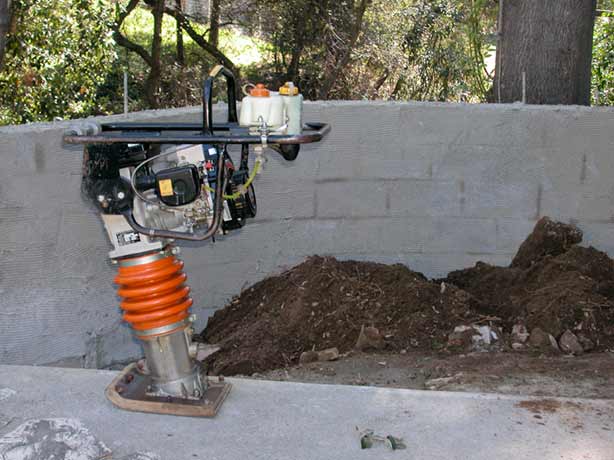This is an expert how-to about preparing a site for a manufactured home, covering steps from clearing the site to laying the foundation.
If you decide to have your home installed on your own land, you may be responsible for site preparation. Even if this is the case, it’s wise to have your installer or retailer inspect the site to ensure it is properly prepared for your new manufactured home.
Following is a checklist:
1 The home site should be as level as possible and clear of trees, large rocks, and any debris.
2 The surface around the home site should be graded so that it slopes away from the house for proper water runoff.
3 Any areas that have been filled with soil must be properly compacted so the foundation will not shift or sink.
4 A large delivery truck must be able to access the site.
5 You must arrange to have a foundation prepared in accordance with the home’s plans and specifications as well as local codes.
You may be able to do general clearing and cleanup yourself, but leave tasks such as grading and compacting soil to pros. Damage to a home caused by improper site preparation is generally not covered by the warranty.
In addition to following the manufacturer’s directions and conforming to local codes when planning the foundation, ask the entity financing your home or your rental community whether there are any special requirements. The Veterans Administration (VA), Federal Housing Administration (FHA), and Rural Housing Service (RHS) have special prerequisites for homes that they finance.
Be sure your retailer knows the type of financing you’re using so the foundation can be prepared to meet all requirements. If you locate your home on your own property, you can make a selection from a number of different types of foundations: concrete slab, concrete perimeter, concrete block, metal or treated piers, or a full basement.
Ask your foundation contractor to handle obtaining building permits and arranging for inspections.








 Don Vandervort writes or edits every article at HomeTips. Don has:
Don Vandervort writes or edits every article at HomeTips. Don has:


